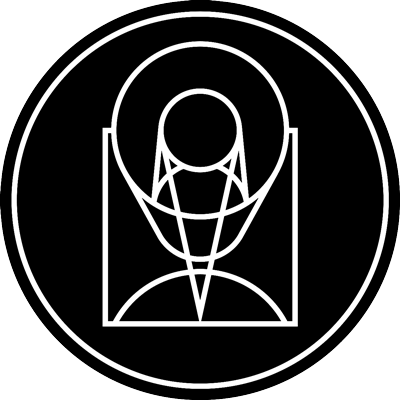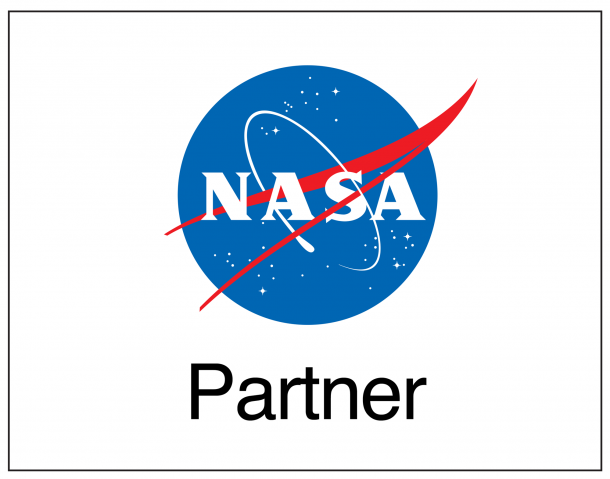Ask the Astronomers Live
Monthly live chats with real astronomers give you the chance to ask questions and find out what makes the universe tick.
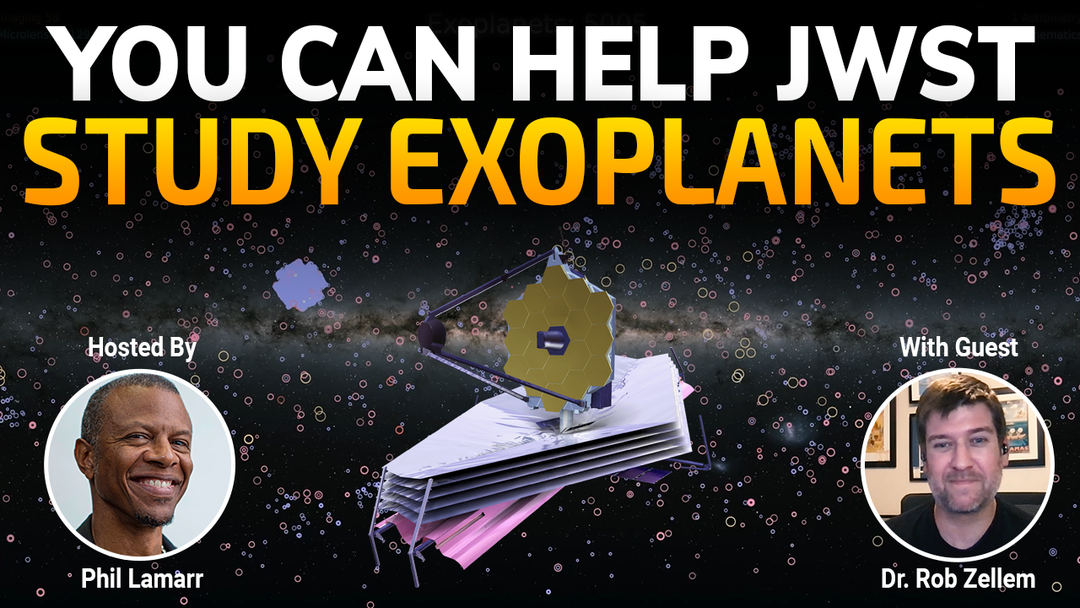
May 30th, 2023
You Can Help JWST Study Exoplanets
You can use your own telescope or telescopes you control over the internet to help the James Webb Space Telescope (JWST) study exoplanets. Through NASA's Exoplanet Watch program, your observations can help determine the exact times that an exoplanet will be crossing in front of its star giving the right window of time for JWST to observe it. Join astronomer Dr. Rob Zellem as he describes how helping study planets around other stars is at your fingertips!
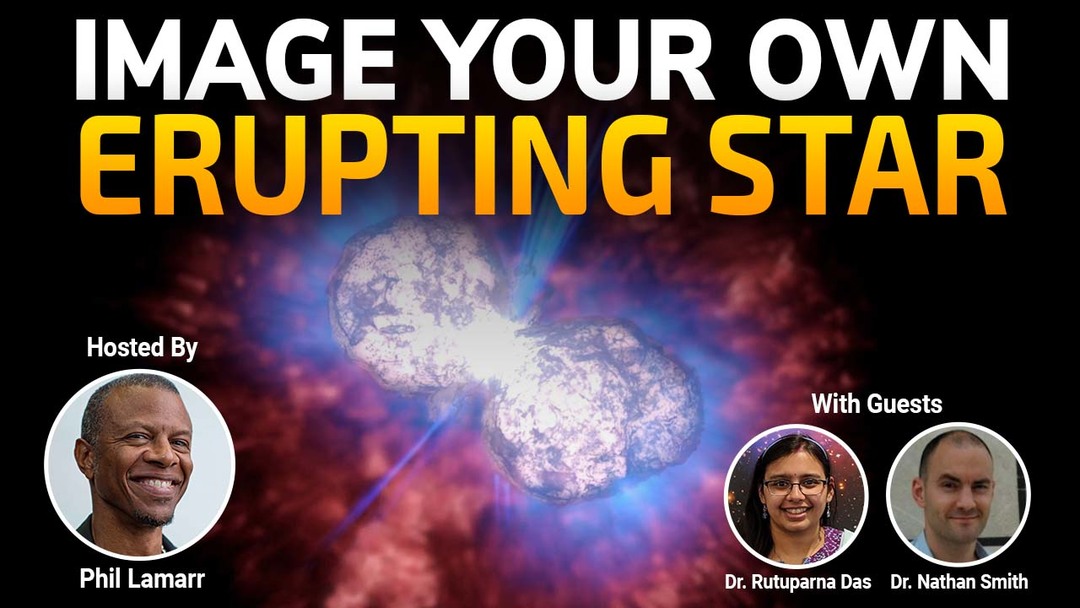
May 3rd, 2022
Image Your Own Erupting Star
What happened to make the star Eta Carinae become the second brightest star in the sky in 1843? Why did it then dim over the next century and once again brighten? How can YOU take images of this star and its surrounding clouds using NASA’s robotic telescopes or create your own images using NASA data? Join us to hear the fascinating story of Eta Carina and how NASA’s Astrophoto Challenges gives you the opportunity to make a picture of this star and its surroundings.
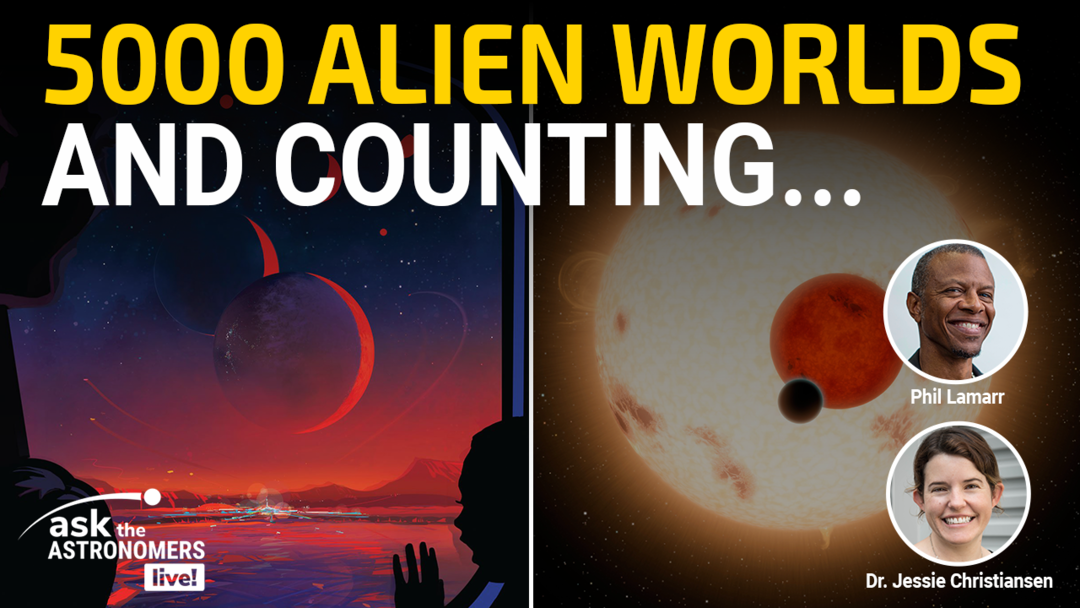
March 30th, 2022
5000 Alien Worlds and Counting...
Thirty years ago we knew of no planets orbiting other stars. In the rest of the 90s with discoveries of the first exoplanets (planets orbiting around OTHER stars) the numbers began to grow slowly. Finally in the past 10 years the numbers of exoplanets have increased rapidly and we have just passed the 5000th confirmed known exoplanet! Join us for a chat with exoplanet scientist Dr. Jessie Christiansen about how we have managed to discover so many planets around other stars and what the future holds for this exciting area of astrophysics.
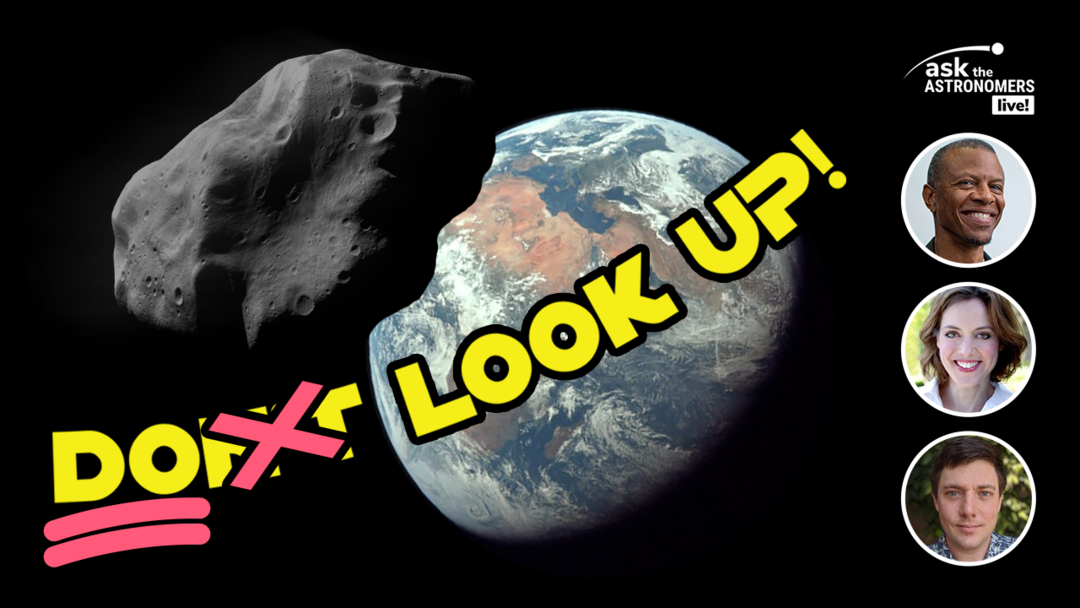
February 28th, 2022
Do Look Up!
Are we helpless against the kind of asteroid impacts that wiped out the dinosaurs? Not if we DO look up! For several decades there have been multiple surveys to chart and track potentially hazardous Near-Earth Objects (NEO) which can cause significant disasters if they hit the Earth. Join our conversation with two astronomers who have already tracked many NEOs and are working on NASA's next NEO-seeking space telescope called the NEO Surveyor.
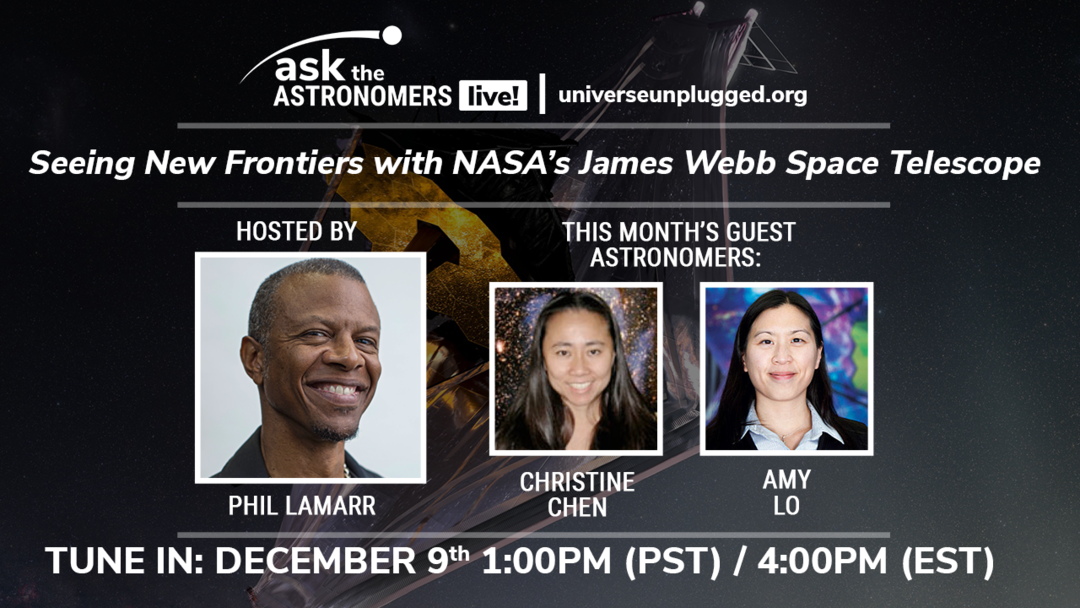
December 9th, 2021
Seeing New Frontiers with NASA's James Webb Space Telescope
The James Webb Space Telescope is NASA's next major space observatory, which will study everything from the earliest stars in the Universe, to planets orbiting other stars, to nearby asteroids. Learn all about it from our guests who are involved in both building and using the telescope.
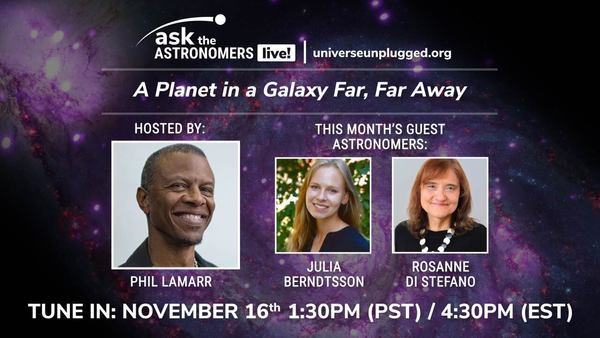
November 16th, 2021
A Planet In a Galaxy Far, Far Away
A planet may have been detected in a galaxy outside of our own. There are thousands of planets detected around stars in our own Milky Way galaxy, but for the first time we may have detected a planet in another galaxy, called the Whirlpool Galaxy, which is more than 23 MILLION lightyears away.
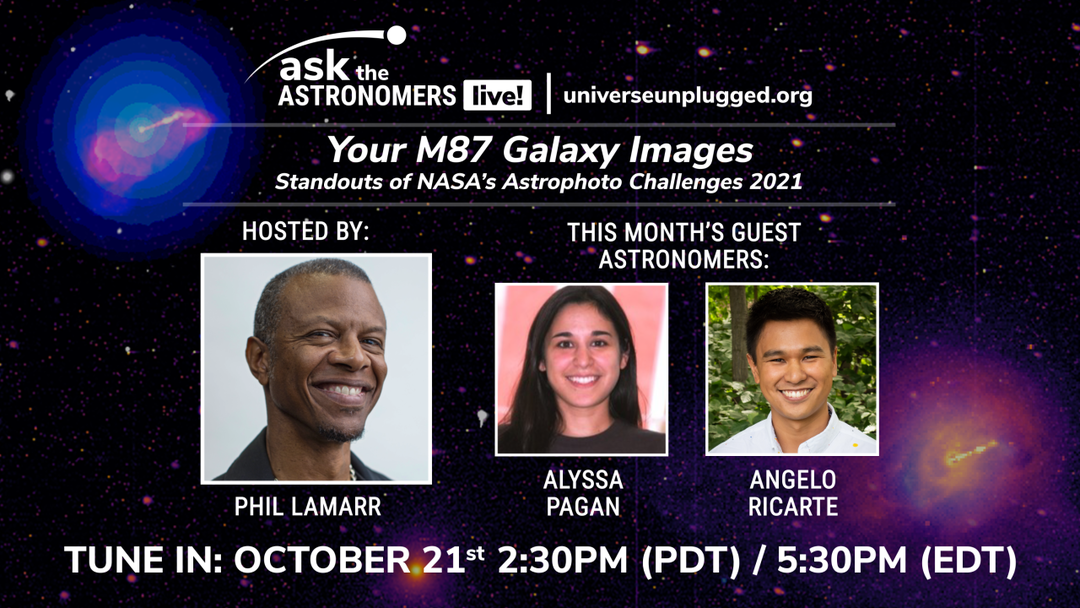
October 21st, 2021
Your M87 Galaxy Images: Standouts of NASA's Astrophoto Challenges 2021
Join us to view the standout entries from NASA's Astrophoto Challenges 2021.
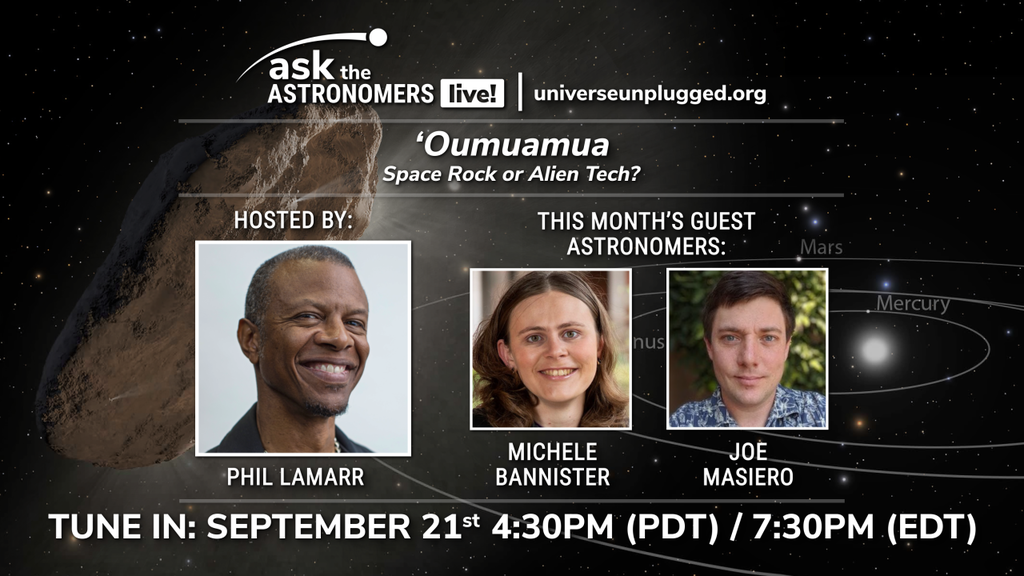
September 21st, 2021
'Oumuamua: Space Rock or Alien Tech?
In 2017 astronomers remarkably detected the first known example of an object originating from OUTSIDE of our solar system as it was briefly passing THROUGH our solar system. But was it just a rock, or something more?
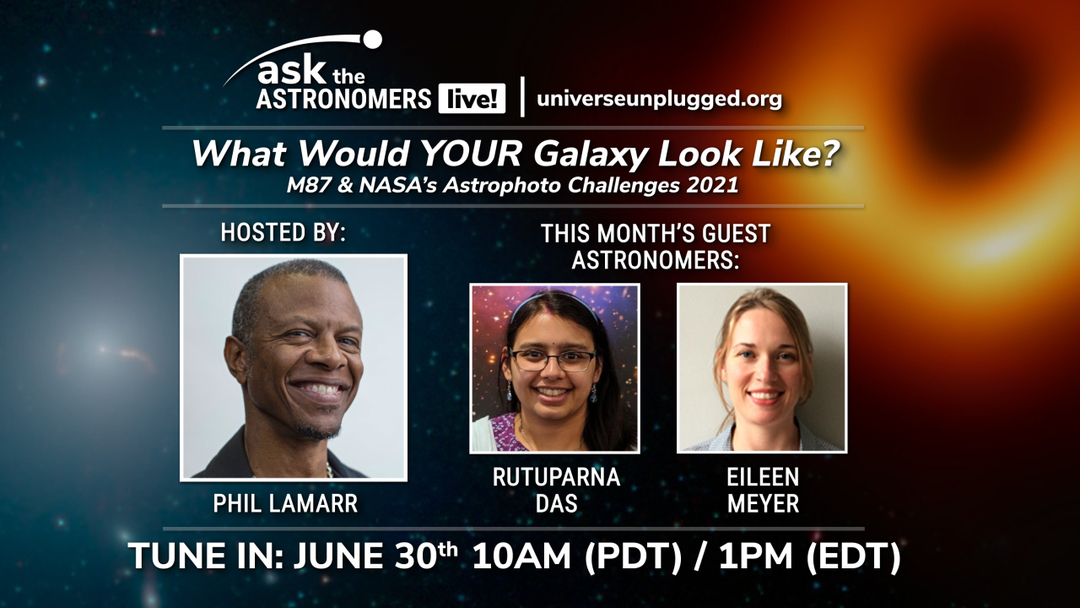
June 30th, 2021
What Would YOUR Galaxy Look Like?
Make your own images of the amazing galaxy M87— host to a supermassive black hole — using data from NASA’s space telescopes or ground based telescopes. Try these challenges and your entry could be selected as a standout for recognition from NASA scientists!
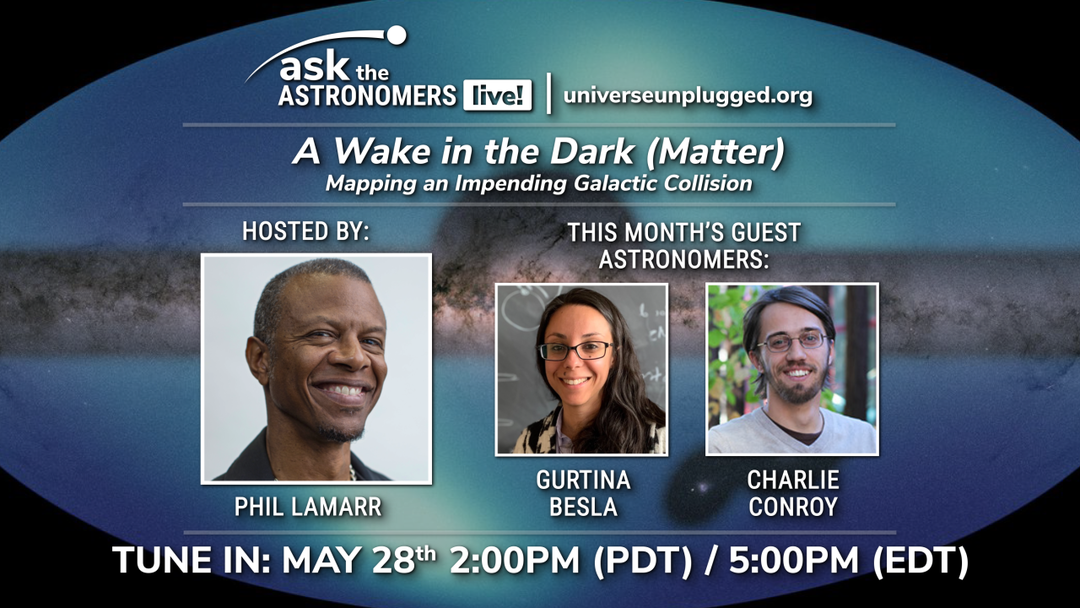
May 28th, 2021
A Wake in the Dark (Matter)
What happens when you map out the farthest stars in our Milky Way galaxy? Our guests have used that data to look into the past (and future) of our closest companion galaxies!
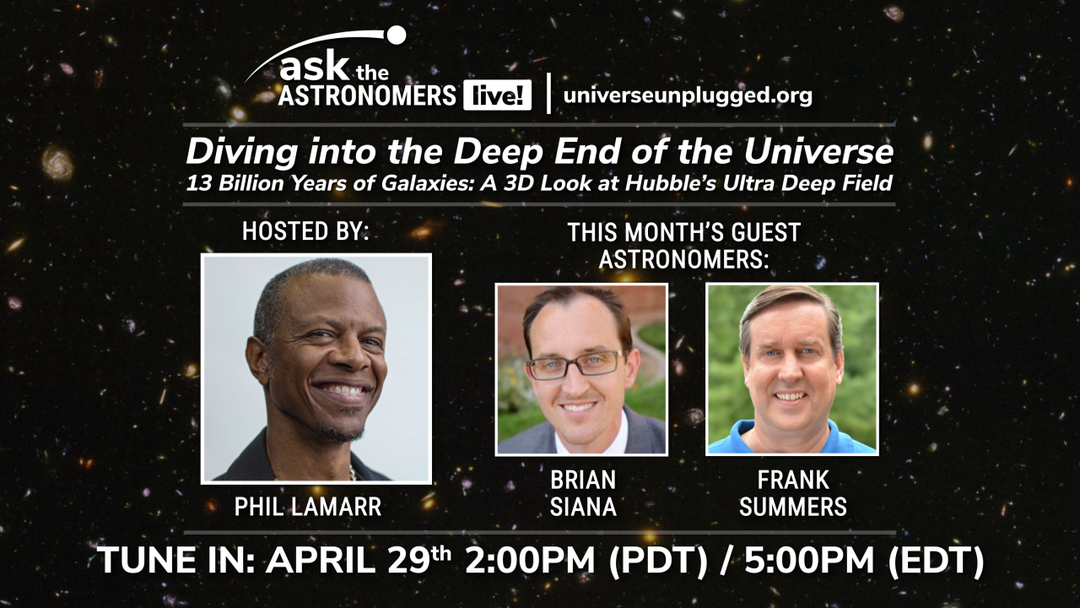
April 29th, 2021
Diving into the Deep End of the Universe
When the Hubble Space Telescope imaged a seemingly empty region of sky for over 11 days, it turned out to not be empty at all, but full of the faintest and farthest galaxies in the Universe.
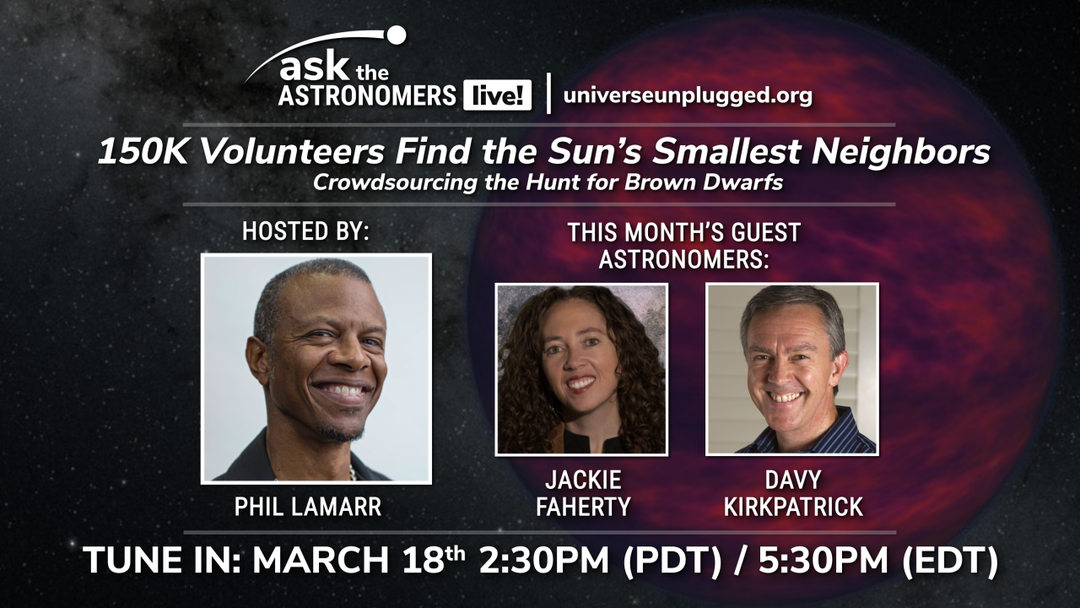
March 18th, 2021
150K Volunteers Find the Sun's Smallest Neighbors
Learn how you can help astronomers discover new worlds!
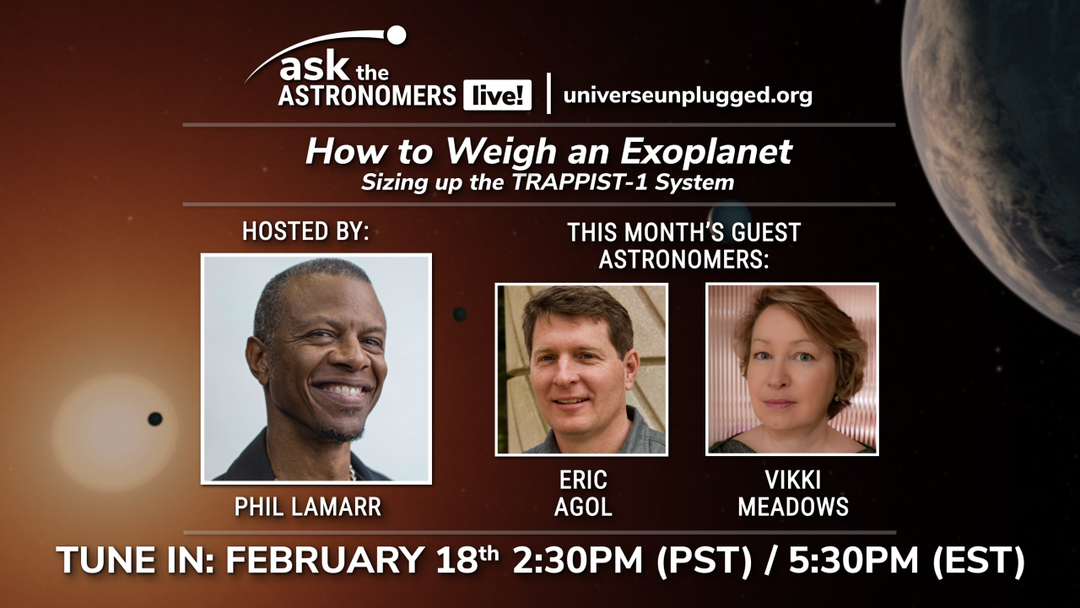
February 18th, 2021
How to Weigh an Exoplanet
Come learn the latest about 7 Earth-sized planets around a nearby star!
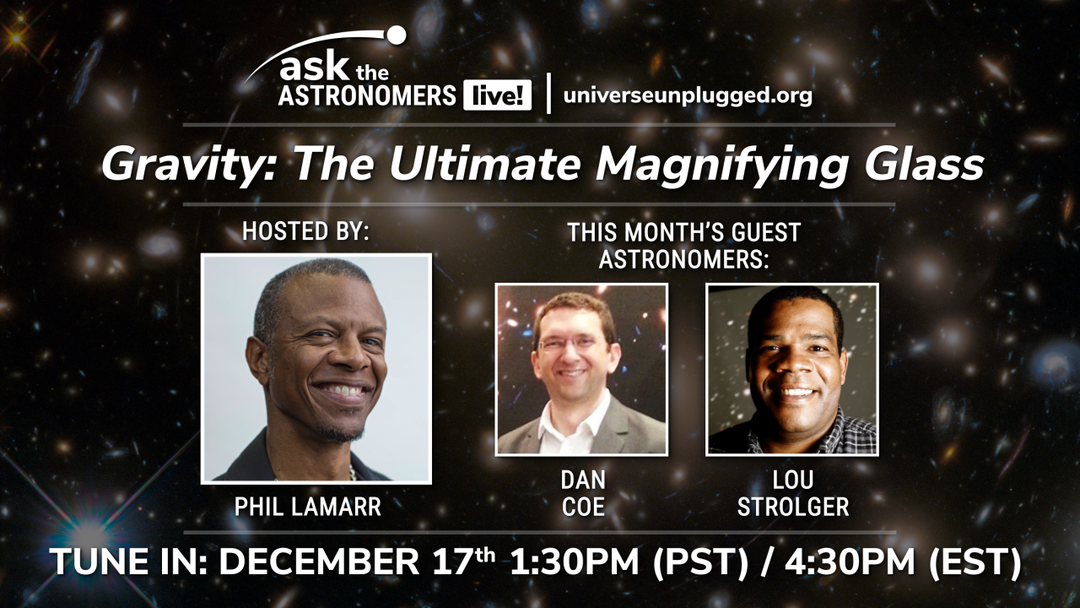
December 17th, 2020
Gravity : The Ultimate Magnifying Glass
How does the gravity of a cluster of galaxies magnify the far universe?
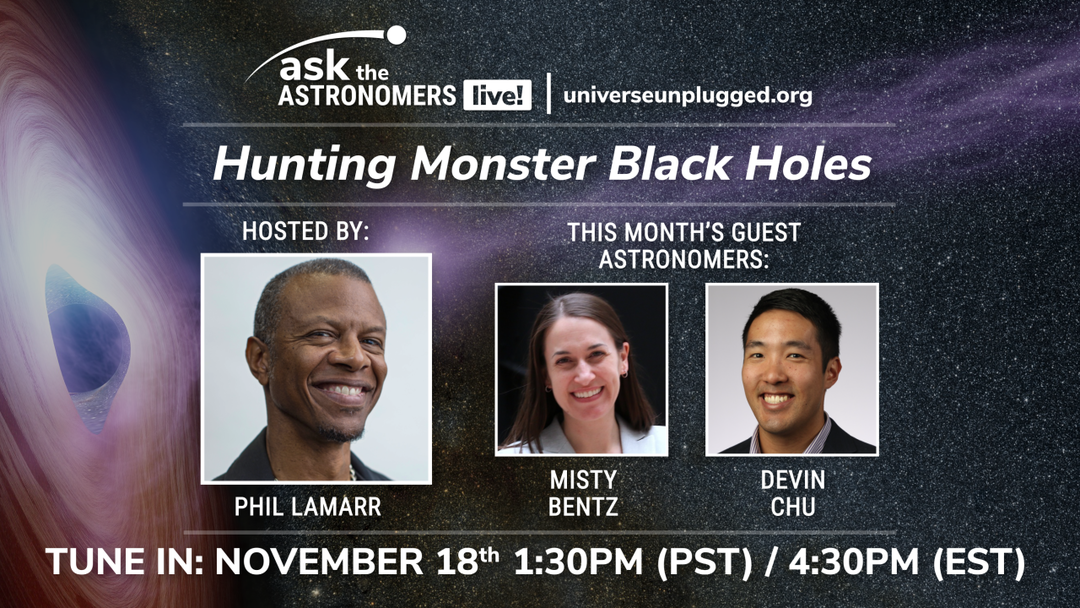
November 18th, 2020
Hunting Monster Black Holes
Where are black holes located and how do we find them?
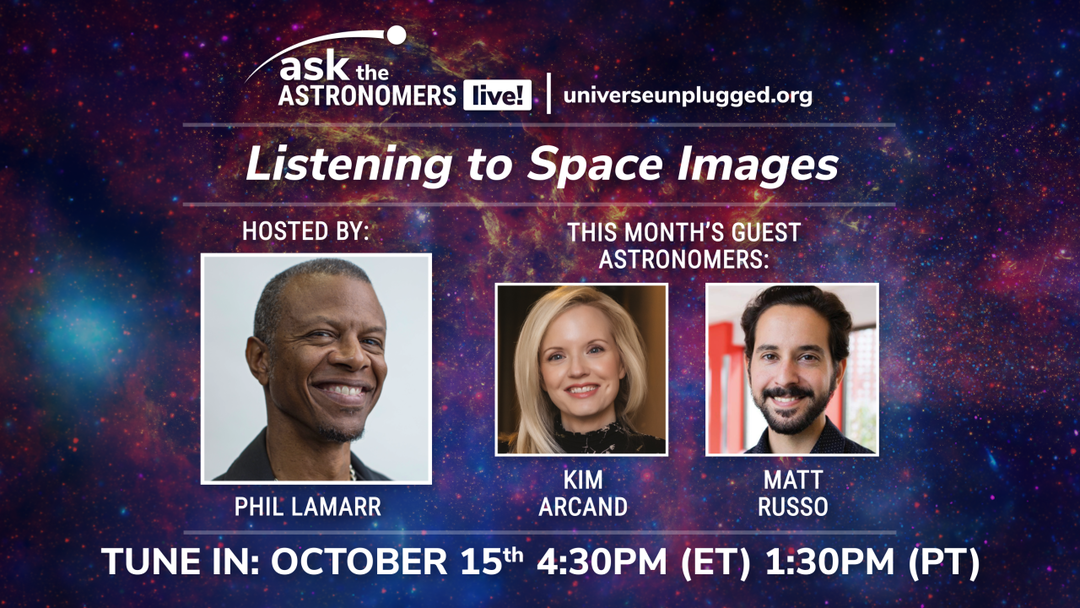
October 15th, 2020
Listening to Space Images
What if we converted an image of the Milky Way's center to sound? What would you hear? Phil LaMarr takes us on a journey of converting the Milky Way's sights to sounds with Kim Arcand and Matt Russo.
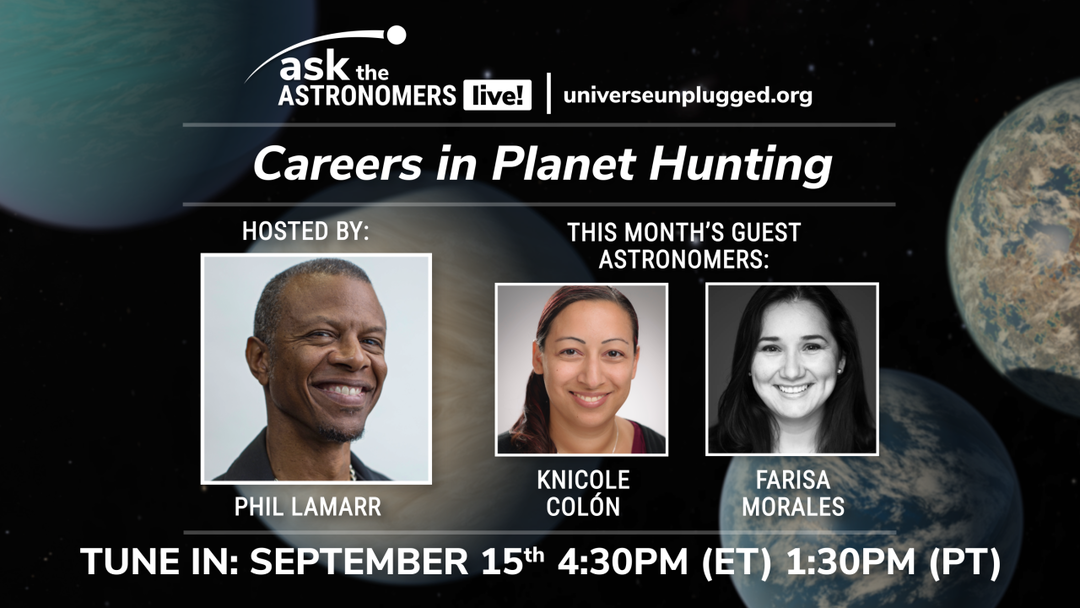
September 15th, 2020
Careers in Planet Hunting
What are planets around other stars really like, and what kinds of people devote their careers to studying them?
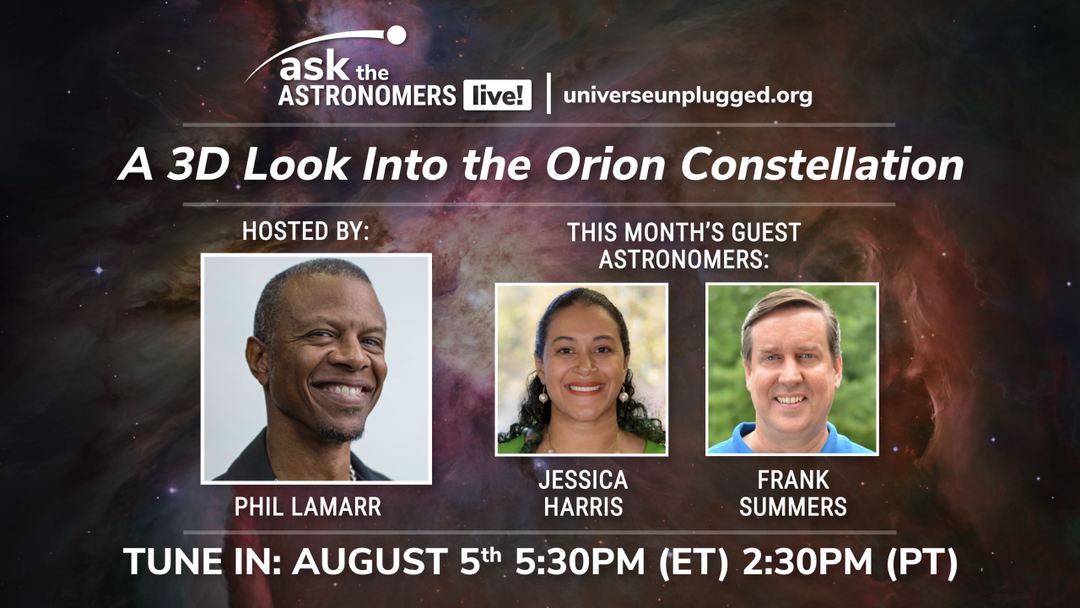
August 5th, 2020
A 3D Look Into the Orion Constellation
What does the most amazing nebula in the sky look like in 3d? And what do we know about this incredible birthplace of baby stars and planets?
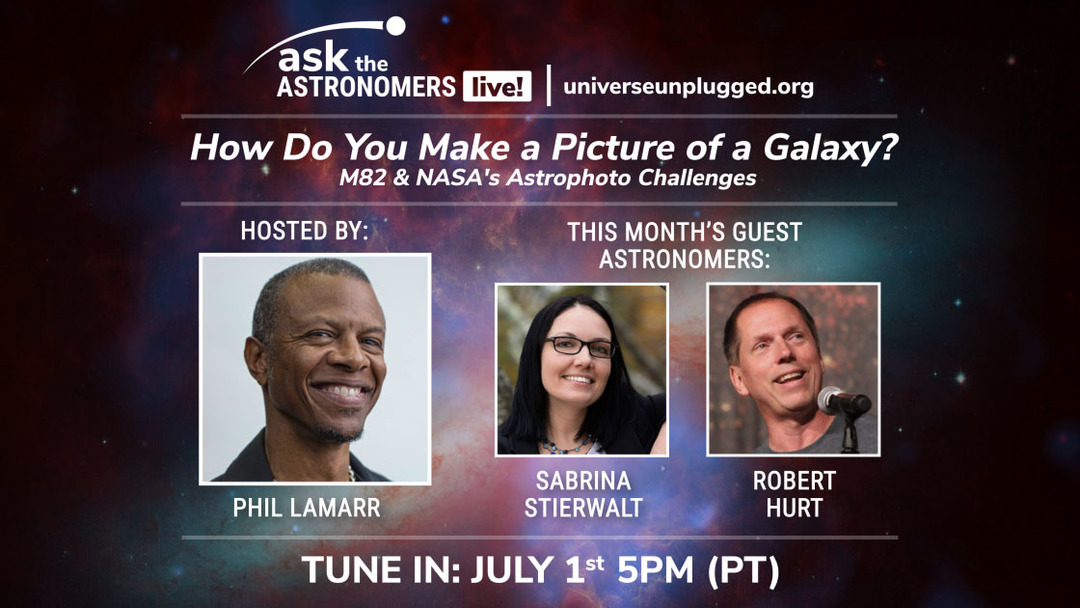
June 1st, 2020
How Do You Make a Picture of a Galaxy?
Discover the mysteries of the strangely explosive starburst galaxy M82, and see the many versions of it submitted by people from all over the world who participated in NASA's Astrophoto Challenges.
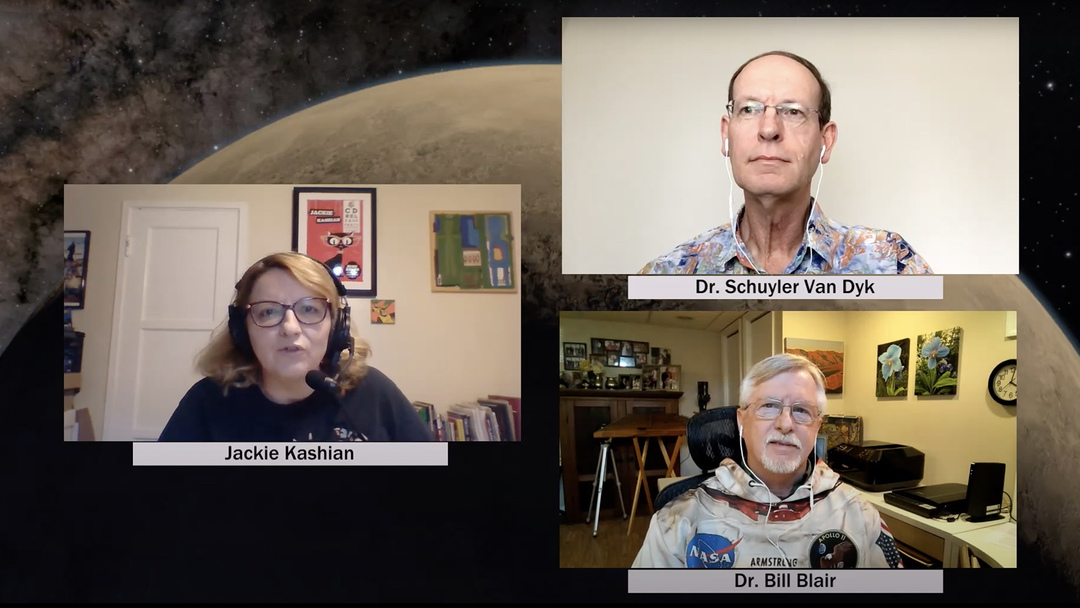
April 9th, 2020
Supernovas! Ask an Astronomer Live Apr. 9th 2020
What happens when the largest stars in the universe go boom? Astronomers Schuyler van Dyk (Caltech-IPAC) and Bill Blair (Johns Hopkins University) talk all about some of the biggest explosions around and how a lot of stuff in you and the world around you came from them billions of years ago.

February 18th, 2020
How Do Stars Form? Ask an Astronomer Live: Feb. 18 2020
When we look at the night sky we are dazzled by all the stars we see, but how do those stars form? Check out our live chat with NASA scientists to see how stars are born!
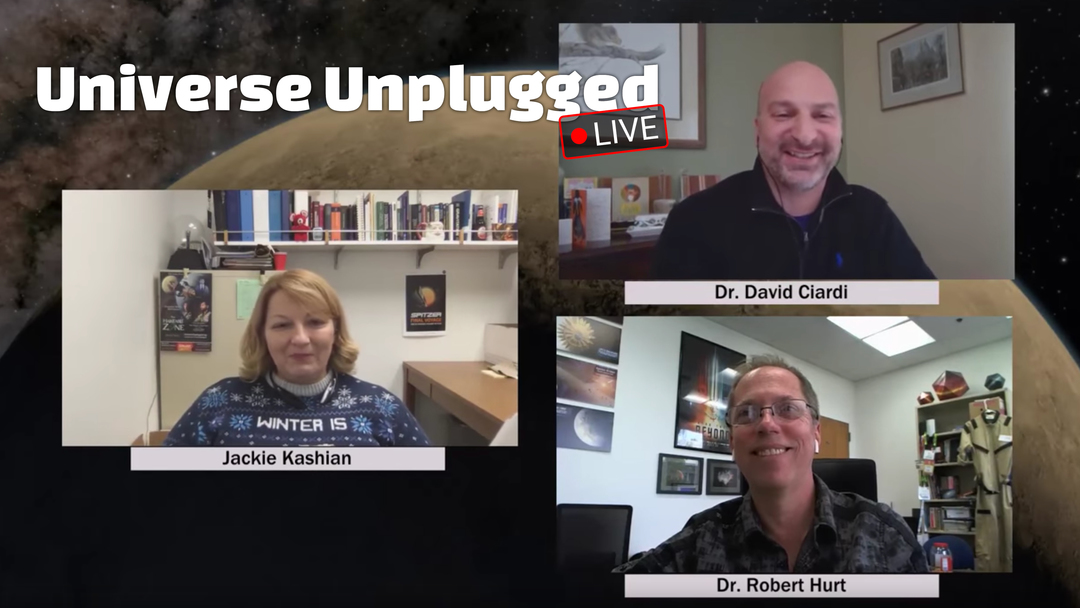
December 4th, 2019
Universe Unplugged Live Chat: Dec. 4 2019
When we look for exoplanets, planets beyond our own solar system, we focus on the habitable zone… But … what’s that mean?! Tune into our live video chat with NASA scientists.
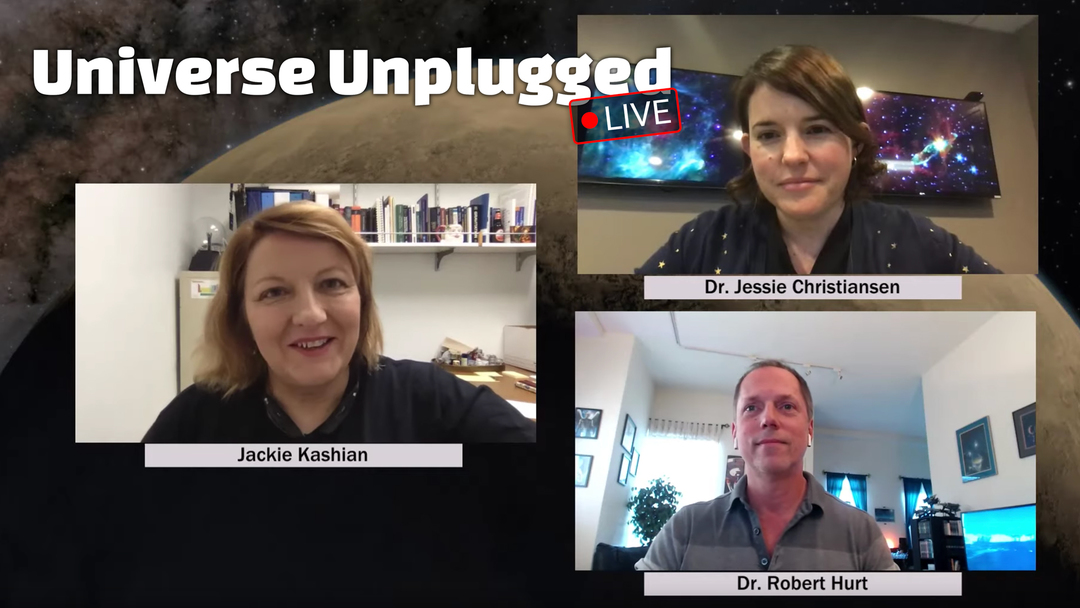
November 1st, 2019
Universe Unplugged Live Chat: Nov. 1 2019
When we look for exoplanets, planets beyond our own solar system, we focus on the habitable zone… But … what’s that mean?! Tune into our live video chat with NASA scientists.
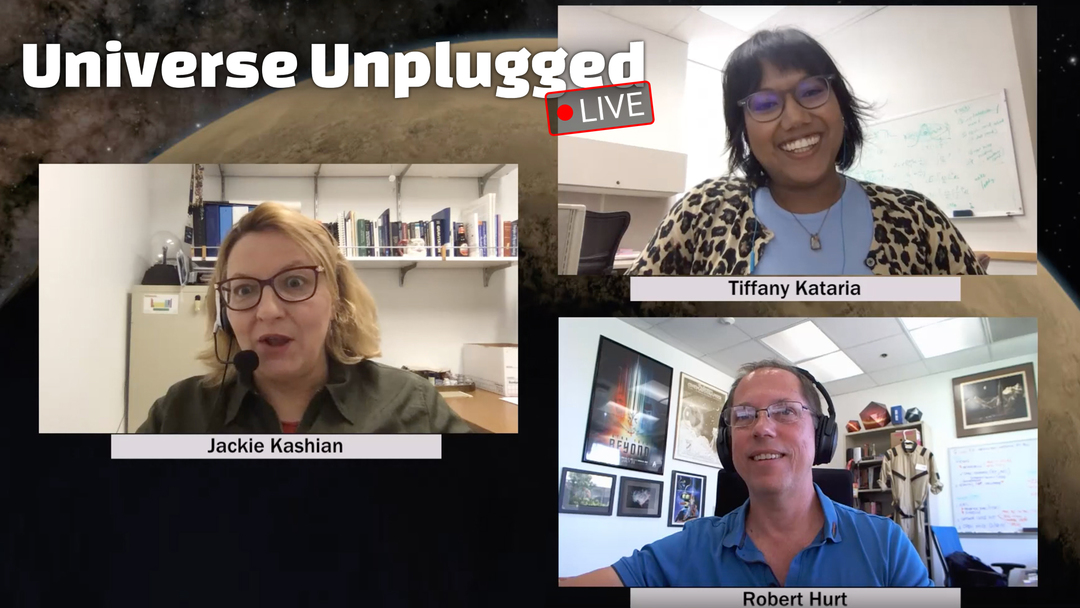
August 27th, 2019
Universe Unplugged Live Chat: Aug. 27 2019
When we look for exoplanets, planets beyond our own solar system, we focus on the habitable zone… But … what’s that mean?! Tune into our live video chat with NASA scientists.

